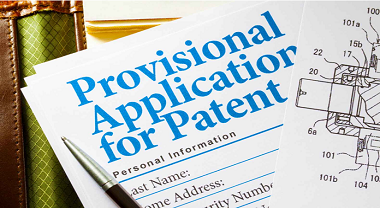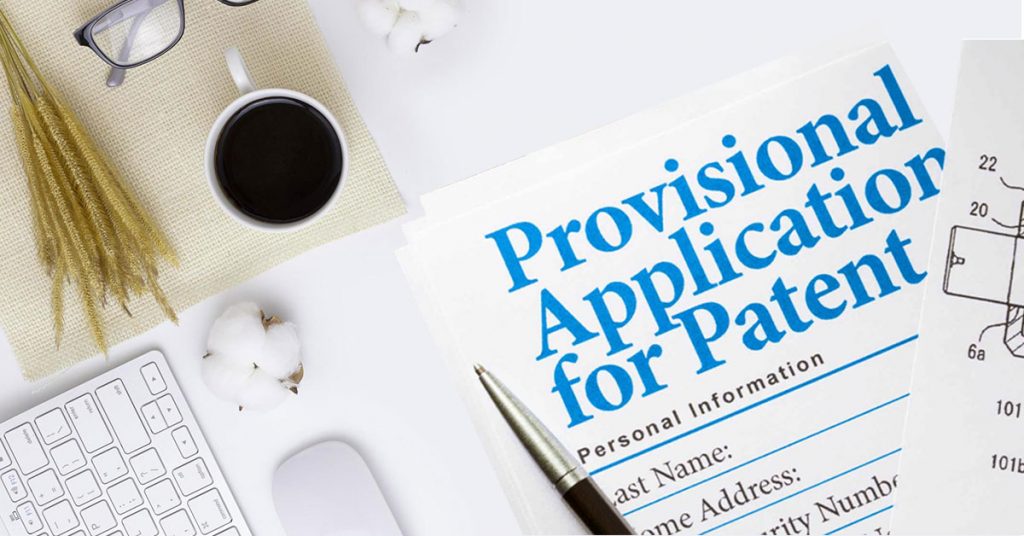Analyzing Patent Provisional Application
A provisional patent application is a temporary application that is never examined, never granted, and never enforceable. This application has to be effectively converted into a non-provisional patent application or a PCT patent application else it will automatically expire unless a corresponding utility application is filed within 12 months of the provisional filing date. As a provisional application is informal, it may be filed even if it only includes whatever minimum description and/or drawing(s) are needed to understand the invention, the filing fee, and some bibliographical information. The advantage of filing such an application is to claim priority for the non-provisional applications (complete specification) filed later.
The biggest advantage of filing the provisional application is to secure the filing date making it the priority over other applications filed. The complete specification, if filed within 12 months can claim the priority of the filing date of the provisional application. The filing is commercially viable for the applicant since it gives the applicant 12 more months to understand the patentability of his invention.
What are the benefits of filing a Provisional Application?
As explained earlier, the provisional application gives a one-year extension to the applicant from filing the non-provisional application with complete specification. The applicant uses this period for effectively experimenting over his invention and thereby getting broader claims that would have been expected. The applicant can also search for finance, determine sales potential, and can search for licensing the invention in the period.
What can be the disadvantages of filing a provisional application?
There can be some disadvantages to filing a provisional application. There cannot be any extension to file the complete application beyond 12 months. The failure of filing this will result in forfeiting the priority dates as well. The provisional application creates a boundary for the invention. In case the complete specification extends the boundary, this will result in losing the priority for that claim which can affect the patentability.
Can Provisional Applications be filed without claims?
As discussed in the introduction part above, due to the informal nature of provisional applications they can be filed without claims but if you are intending to obtain foreign patents, for example, in Europe, it is required to file the provisional application with claims. So the procedure of jurisdiction where the provisional application is being filed has to be understood and adhered to.
When is a Provisional Application published?
Unless the provisional application is used as a priority document for a later filing, the application will not be publicly accessible. One can file the provisional application, establish a priority date, and continue to keep the invention secret for up to 12 months.
Why are filing dates important?
The filing of a provisional application is mostly associated with fixing the filing date. Filing dates specify as to when the invention is disclosed to a patent office as having been made, and in doing so, determine the date against which the invention will be tested for novelty and non-obviousness. Thereby, the filing date or the priority date establishes the novelty of the invention. Unless an inventor files evidence that his/her invention was made earlier than an application filing date, the filing date serves as the date before which publications, public use, and sales may serve as “prior art” against the invention. “Prior art” is used by patent offices, in determining whether an invention is new and non-obvious. Thus, applicants must secure the earliest filing date possible for their inventions to avoid the most prior art.
Author: Saransh Chaturvedi (an advocate) currently pursuing LLM from Rajiv Gandhi School of Intellectual Property Law (IIT Kharagpur). In case of any queries please contact/write back to us at support@ipandlegalfilings.com.



